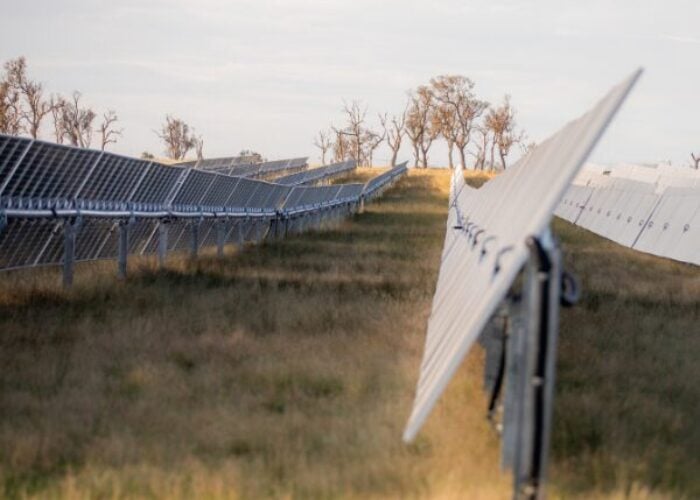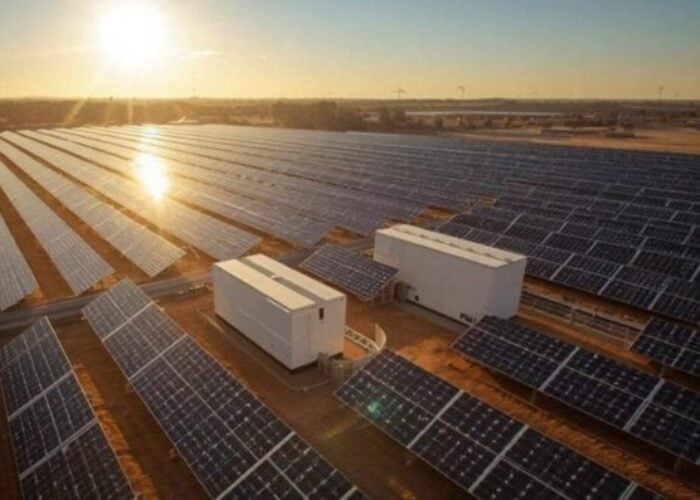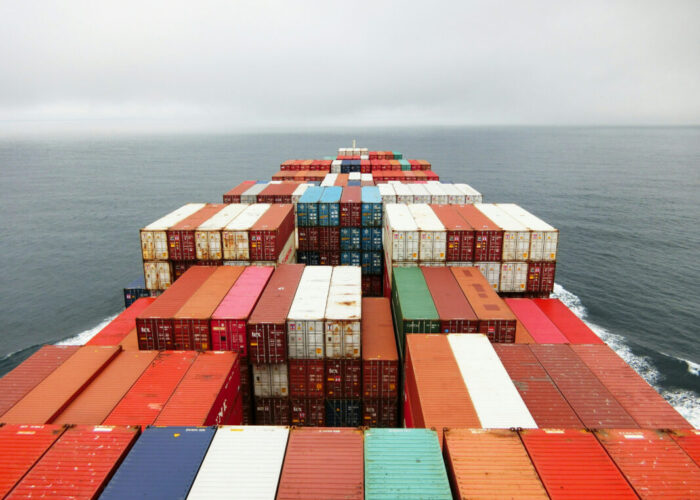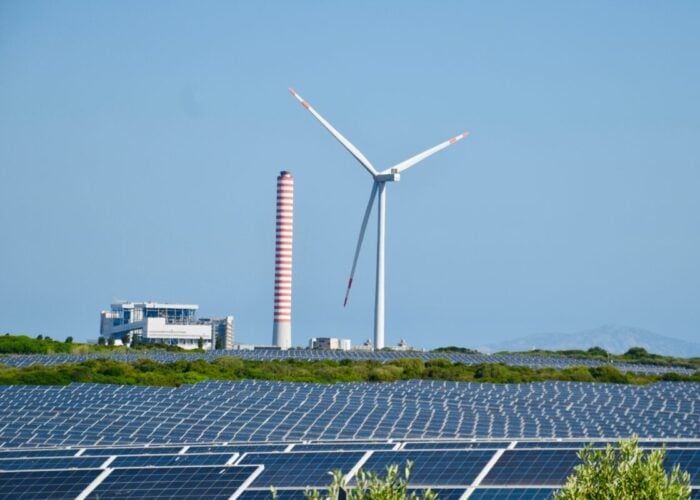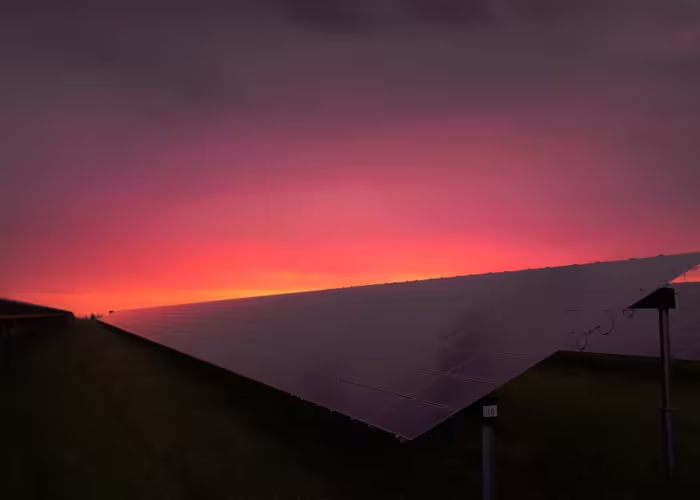A 3GW module shipment “milestone” announced today by Japan-headquartered thin-film firm Solar Frontier is confirmation that CIGS technology “can work” despite facing challenges during its history, according to solar market analyst Finlay Colville.
The company announced this morning that it has sent the equivalent of around 20 million CIS modules to projects in regions ranging from Saudi Arabia to Lithuania, taking the opportunity to point out that this means its modules have been installed in areas where temperatures can vary from 40 degrees centigrade to -20.
Try Premium for just $1
- Full premium access for the first month at only $1
- Converts to an annual rate after 30 days unless cancelled
- Cancel anytime during the trial period
Premium Benefits
- Expert industry analysis and interviews
- Digital access to PV Tech Power journal
- Exclusive event discounts
Or get the full Premium subscription right away
Or continue reading this article for free
Colville, head of Solar Intelligence at PV Tech’s publisher Solar Media, said that despite an often turbulent journey to get there “Solar Frontier’s milestone is…a confirmation that CIGS can work”. Colville also said the company’s development and history provides insight into the solar industry’s many twists and turns.
History
“Solar Frontier’s journey to reaching 3GW shipments covers just about every phase of the solar industry over the past couple of decades,” Colville said.
“The original technology dates back to a world in which the US was driving thin-film R&D, and companies like Siemens were at the forefront of CIGS research.”
Solar Frontier, or Shell Solar as it was then known, purchased Siemens Solar in 2003 and adapted Siemens’ thin-film technologies. Colville said however, that by the time the Solar Frontier name launched in 2010 and the company had committed to expanding production in Japan to gigawatt scale at its Kunitomi fab, times had changed.
“The solar industry was a European driven industry where solar panels were being sold in the US$1 to US$2 per Watt range. By the time the Kunitomi fab was ready however, panel prices had plummeted and European markets such as Germany and Italy were in severe decline, casting doubt on the viability of the world’s first and only GW-scale thin-film fab.”
Then, Colville said, Japan greatly increased its demand for solar with the establishment of the feed-in tariff (FiT) programme in July 2012.
“What ultimately came to the rescue of Solar Frontier was the domestic market, creating an opportunity for supply that had not been there when initial ground-breaking started on Kunitomi,” Colville said.
While these end-market opportunities presented themselves in Japan, Colville said that consolidation of the global PV industry which shook out nearly every single one of Solar Frontier’s competitors in the thin-film segment, forced the company to undertake cost reduction measures. Unlike other types of solar cell technology such as multi- and monocrystalline silicon, where market volumes and competition drove down costs, the Japanese company was left to virtually plough its own furrow.
“Similar to First Solar with CdTe, Solar Frontier was left to do all the R&D and supply-chain management without the help of any other active CIGS company. While Solar Frontier had been pushing ahead with CIGS expansions, almost all other CIGS based competitors had either left the industry or been forced into bankruptcy.”
Another thin-film company, TSMC Solar, also took on CIS technology from Siemens Solar’s original work of 20 or 30 years ago, but has been less successful in making a global impression, Colville said. Nonetheless, Solar Frontier had proved CIS could work, he added.
“At the end of the day, Solar Frontier’s milestone is…a confirmation that CIGS can work, and that perhaps the original research in the 1970s and 1980s was not all in vain.”
Going global
Solar Frontier’s CEO told PV Tech back in June at the Intersolar Europe trade show that the company has been showing the industry that it has been “going global” in earnest since 2014. As well as talking up the suitability for thin-film to take on all segments of the world’s PV markets, Atsuhiko Hirano said that this meant going downstream, with the company becoming more and more involved in project development, through which it can deploy its modules.
In the US, for example, Solar Frontier acquired the 280MW of developer Gestamp Solar in April and in the UK has a pipeline of 20 projects of around 5MW capacity each. There has been discussion of the company opening a module factory in New York to get closer to the end market. This follows the building of a relatively small new plant in Tohoku, Japan, that the company said could serve as a future blueprint for that end-market strategy elsewhere, including the US.

